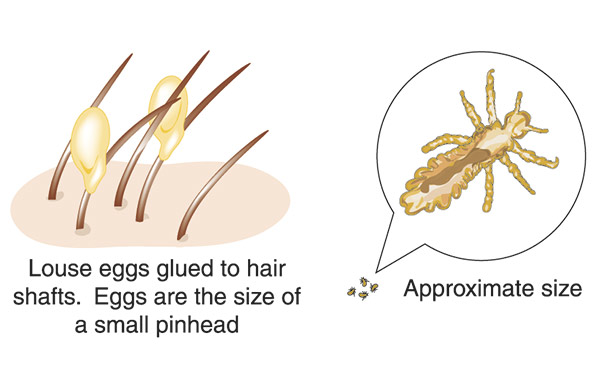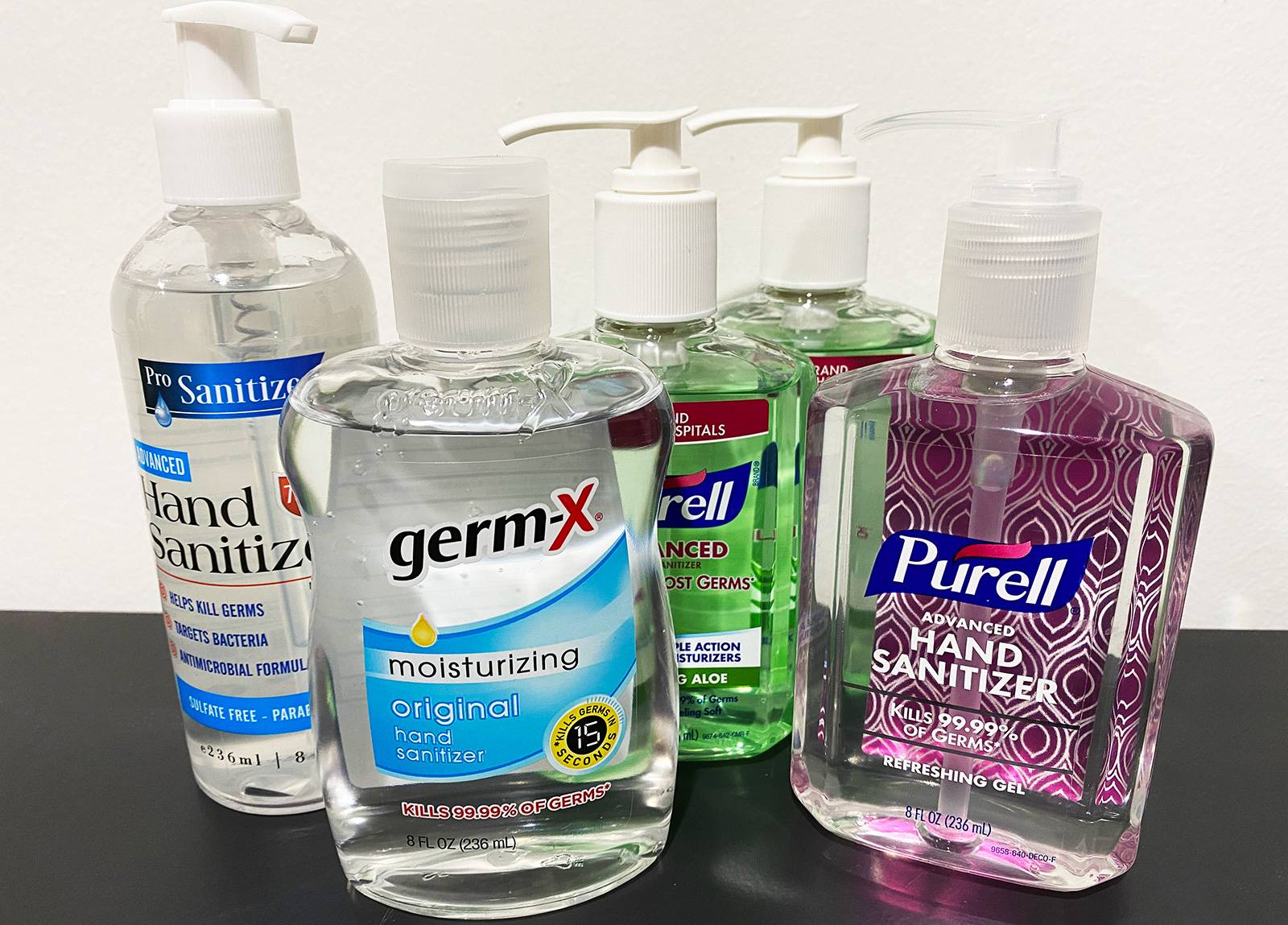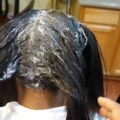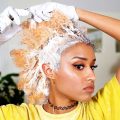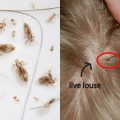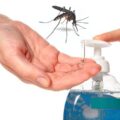Lice are a group of tiny, wingless, parasitic insects that feed on human blood. Lice are easily spread especially by schoolchildren through close personal contact and by sharing belongings. Nits are lice eggs. Nits are hard to see and are often confused with dandruff or hair-spray droplets. Nits are found firmly attached to the hair shaft. They are oval shaped, 2-3 mm in length and usually yellow to white in color.
Although reliable data on how many people in the United States get head lice each year are not available, an estimated 6 million to 12 million infestations occur each year in the United States among children 3 to 11 years of age. There are three types of lice namely;
- Body lice: These lice live in clothing and on bedding and move onto your skin to feed. Body lice most often affect people who aren’t able to bathe or launder clothing regularly, such as homeless individuals.
- Head lice: These lice are found on your scalp. They’re easiest to see at the nape of the neck and over the ears.
- Pubic lice: Commonly called crabs, these lice occur on the skin and hair of the pubic area and, less frequently, on coarse body hair, such as chest hair, eyebrows or eyelashes.
People can have good personal hygiene and still get lice. Unless treated properly, this condition can become a recurring problem.
What Are The Symptoms Of Lice Infestation?
Common signs and symptoms of lice include:
- Intense itching on the scalp, body or in the genital area.
- Lice on your scalp, body, clothing, or pubic or other body hair. Adult lice may be about the size of a sesame seed or slightly larger.
- Tickling feeling from movement of hair.
- Lice eggs (nits) on hair shafts. Nits may be difficult to see because they’re very tiny. They’re easiest to spot around the ears and the nape of the neck. Nits can be mistaken for dandruff, but unlike dandruff, they can’t be easily brushed out of hair.
- Bite marks especially around the waist, groin, upper thighs and pubic area.
- Sores on the scalp, neck and shoulders. Scratching can lead to small red bumps that can sometimes get infected with bacteria.
Does Hand Sanitizer Kill Lice And Nits?
Hand sanitizers is a liquid, gel, or foam containing a type of antimicrobial agent that kill or permanently inactivate at least 99.9 percent of microorganisms when used on the hands. Microorganisms include viruses, fungi, and bacteria. Most hand sanitizers especially alcohol as their active ingredient. Alcohol-based sanitizers are faster, more efficient, and easier on the skin than repeated hand washing. According to The Centers for Disease Control and Prevention (CDC) and FDA, hand sanitizers should contain at least 60% alcohol. So generally virtually all approved hand sanitizers contain at least this amount of alcohol.
Although alcohol based hand sanitizers has some effect on lice, it is not an effective agent for killing lice. In a study on the effectiveness of Isopropyl alcohol against head lice, participants saturated their hair with isopropyl alcohol (rubbing alcohol) for a full 8 hours. After 8 hours of being soaked in alcohol, they examined the lice. Rubbing alcohol only kills 10% of head lice, actually performing as one of the very worst home remedies.
Using a 100% ethanol solution can kill lice, but anything less than that is not promising. The study testing 70% ethanol alcohol showed “A low proportion of lice were affected in the 10-min exposure test, but recovered completely after 5 min”.
Why are Hand Sanitizers Ineffective Against Lice?
Available information indicates that the current strain of most head lice are immune to pesticides found in over the counter treatments and most prescriptions. They are called “super lice” because they have genetic mutations that make them extremely difficult to kill. A recent study shows that about 98% of lice today have the super lice mutation. Hand sanitizers contain Isopropyl alcohol which is ineffective against them. In addition, alcohol based hand sanitizers are harmful to your scalp, skin, and hair. It strips your hair of its natural oils and dehydrates your scalp. If you tried to use alcohol based hand sanitizers to kill lice, your scalp might react. It may develop bumps that could become infected. ALSO READ: Does Relaxer Kill Lice?


